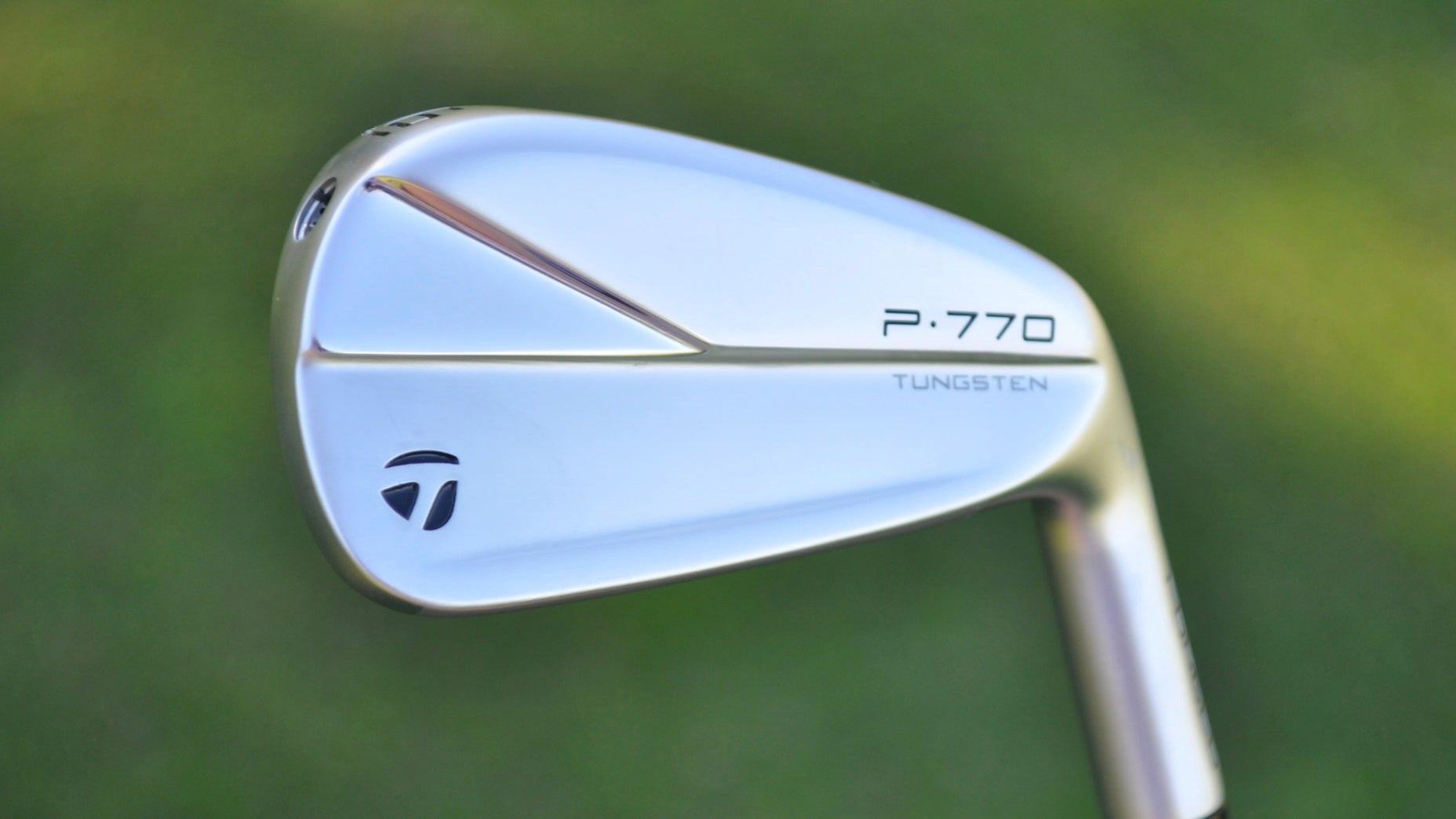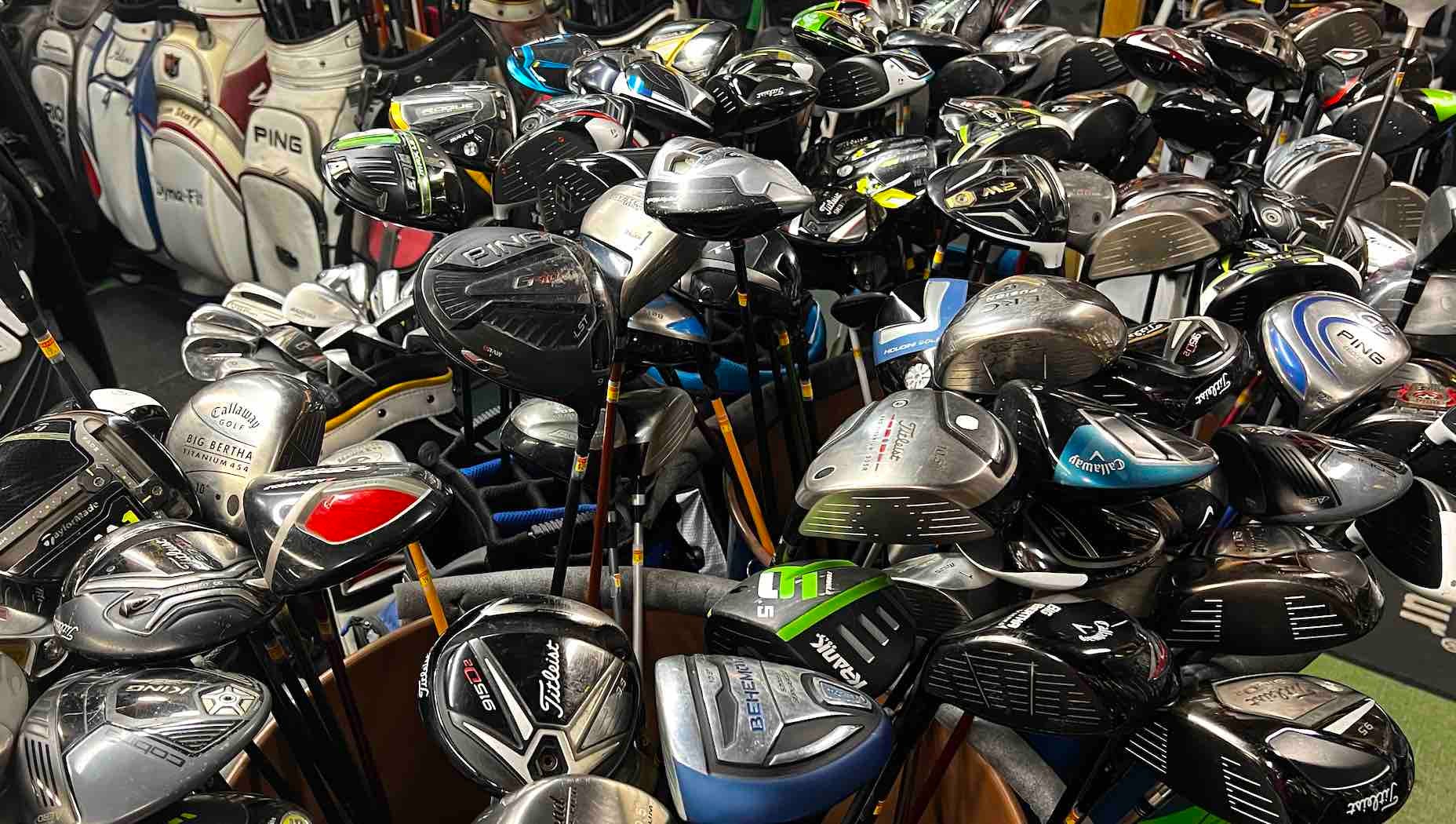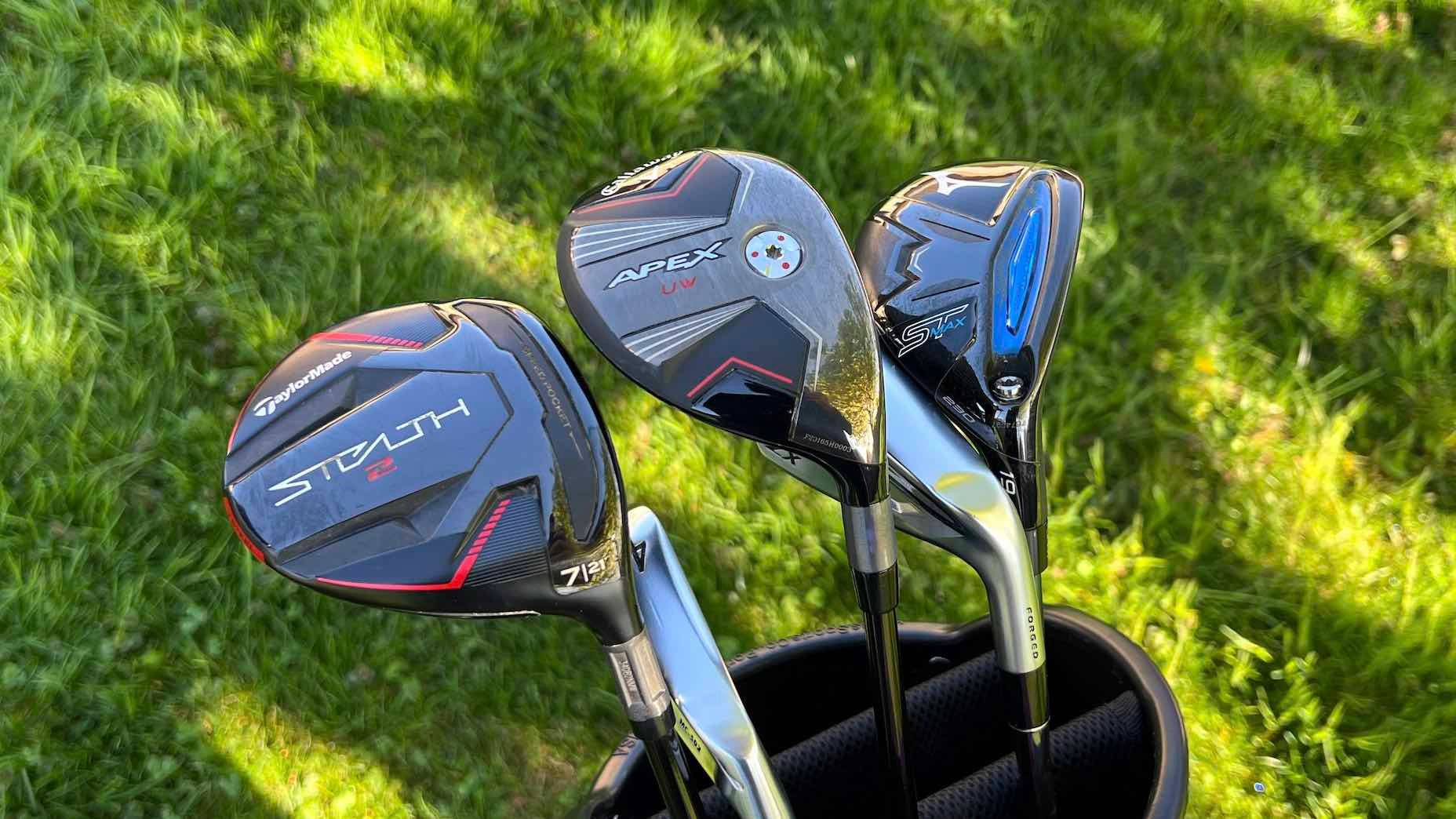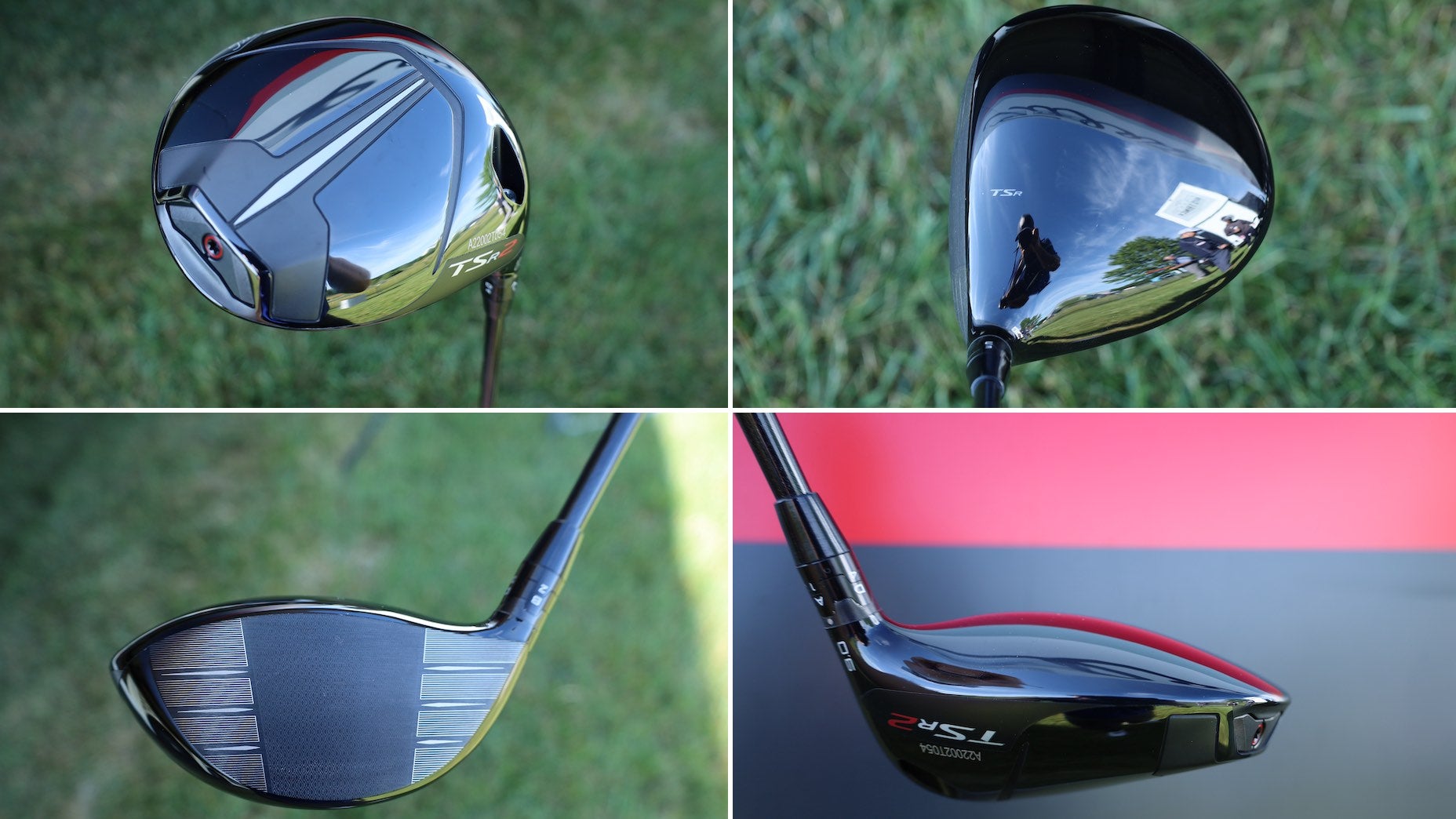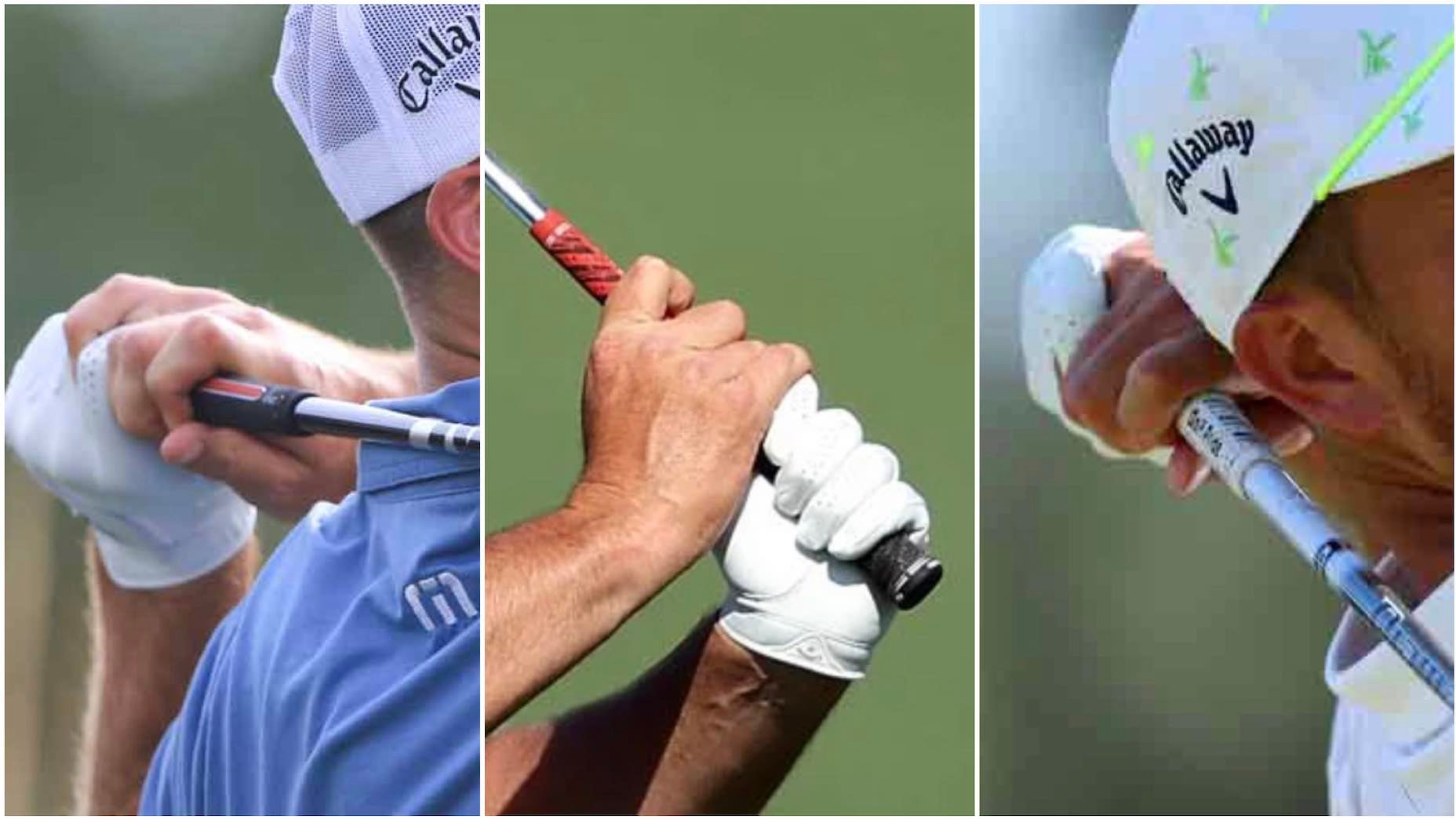The sneaky difference between retail and Tour driver heads

The sticker affixed to Lexi Thompson's Cobra driver serves an important purpose.
Jonathan Wall/GOLF
The general belief is that Tour driver heads receive an extra sprinkle of “distance dust” before they wind up in the hands of the best golfers on the planet. Each face has to be extra springy to produce those gargantuan drives that show up on television.
As much as we’d love to tell you pros get the pick of the fastest faces, adjustments to the way the USGA conducts driver testing on the PGA Tour have actually seen many manufacturers do the opposite and hand off slower faces that gradually get faster over time, in an effort to track “CT Creep” and keep the heads in play for as long as possible.
So if the faces aren’t noticeably faster, what are the differences between Tour and retail driver heads?
As one caller pointed out during the latest edition of GOLF’s “Fully Equipped Hotline,” the stated loft found on a retail head isn’t always exact. According to co-host Gene Parente, each head coming off the production line has a loft tolerance.
“The industry standard is plus-or-minus 1 degree [of loft],” Parente said. “Certain OEMs will argue their manufacturing tolerances are tighter than others. It’s a really good question.”
Tolerances are no doubt tighter than they used to be decades ago, but it’s naive to assume every driver coming off the line is built the same as the last. Minor differences do exist, and that includes the stated loft.
If you purchased a driver recently and the launch window is noticeably different from what you saw during testing, seek out a local club builder who has a digital loft and lie machine to ensure the loft on a 9-degree head isn’t 9.75 or 10 degrees.
“I tell all of my friends, have that return policy and go out and play a few rounds with that club and make sure it’s performing the way you got fit or bought it out of the store, because there are manufacturing tolerances,” Parente continued.
For the most part, recreational golfers won’t notice a slight difference in loft from the stated number on the head, but it’s important to know tolerances do exist.
On the flip side, drivers found on the PGA Tour are digitally lofted to ensure the number is precise. With the amount of time pros spend dialing in their swing and launch characteristics on a launch monitor, guessing on stated loft isn’t an option.
“For Tour heads, those are picked specifically for players because they’re designed into that process,” said co-host Ryan Barath. “Those specs are then taken to the manufacturers to create them. Yes, it’s plus-or-minus 1 degree for loft, but I do believe there are some tighter tolerances out there. There are even some OEMs where you can specifically request the head to be digitally lofted for an extra $10. If you’re really curious about it, it’s a really great option. And that company is Ping.”
In some cases, like the above photo of Lexi Thompson’s driver, pros will have Tour reps add a sticker to the head as a way to confirm the “actual loft” differs from the stamped number.
It’s a small change that can have major ramifications for not only pros but amateurs as well.
Want to overhaul your bag for 2023? Find a fitting location near you at True Spec Golf.

